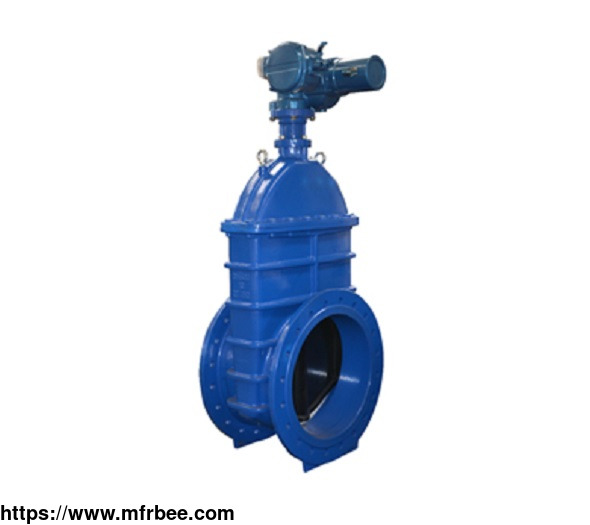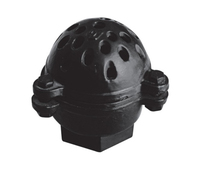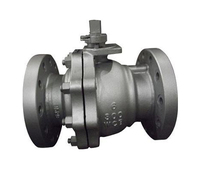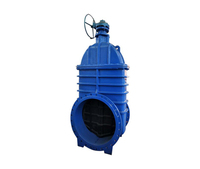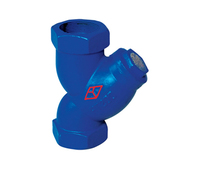Waste Water Valve
Product Quick Detail
- FOB Price
- USD $100.00 / Piece
- Minimum Order
- 1
- Place Of Origin
- china
- Packaging
- N/A
- Delivery
- 15 Days
Specifications
Water is among the world’s most essential natural resources. Just as it aids in the development of human life and agricultural products, water is utilized to support various industrial processes
such as heating, cooling, and sterilization. Transportation, management and treatment of the great quantities of water needed to supply growing global populations and industries requires large
piping systems and treatment facilities.
The water treatment industry consists of three main segments: wastewater treatment, which removes impurities caused by any industrial process from nearby water supplies; boiler water treatment,
which safeguards boiler systems against potentially hazardous chemical substances; and cooling water treatment, which maintains the integrity of recirculating water systems in industrial
facilities.
MSTNLAND wastewater valves
MstnLand supply complete and technically advanced valves product line available from one source, including gate valve, globe valve, check valve, ball valve, double offset valve and triple offset
valve for control in water, desalination, and wastewater treatment processes. Special materials are available to suit your needs. We can also work with you to ensure that our valves meet specific
impact and specification requirements.
How to Select Waste Water Valve
To begin understanding how the waste water treatment valves process let us take a look in to these water treatment stations structures. The waste water treatment stations are designed in to a wet
well or a wet and dry well design here the dry well usually contains the pumps and its related equipment. The valves that are deployed in a lift station are located in the basin of the wastewater,
in a separate valve vault or in a dry well. The four main types of valves typically found in the lift stations include shutoff valves, check valves, air valves and knife gate valves.
The function of shutoff valves is the isolation when repair or maintenance is needed. The work of the check valve is preventing the reverse flow when the pump is turned off. Air valves are used to
expel the air present in the pump column and the forces main to provide efficient flow to minimize the surges. Knife gate valves are used for their ability to cut through the sludge’s since they
have flow resistance whereas in other valves are having blunt seating which will not cut the media and leads to operation failure.
Selecting valves for a wastewater plant is similar to that of selection of the pumps where the consideration must be given to the contents of solid medium of the flow media. The water treatment
valves of these wastewater treatment plants must be selected to operate safely and consistently with higher efficiency so as to avoid unwanted maintenance situations that are costlier.
The main criteria that should always be considered while selecting valves are:
Purpose: Isolation
Parameters: Essential Flow, pressure and temperature.
Requirements: Frequency of operation, admissible rate of leakage, space available, level of cleanliness
Compatibility: Percentage of concentration, percentage of solids, media, and their density.
Valves Used in Sewage Treatment Plant
Waste Water Ball Valve:Installation Methods
1.Valves should be cleaned before installation to remove dirt and rust.
2.When the valve is connected with the pipeline, at least one end of the flange connecting with the pipeline can be freely telescopic, so as to facilitate the installation of the pipeline system,
the valve can be loaded and unloaded without removing the pipeline.
3.The valve should be installed at a distance of more than 300mm from one side of the building, and the valve base should be in good contact with the foundation.
4.The valve installation elevation deviation should be controlled within the range of ±10mm, the position deviation should be less than ±10mm, the valve should be axial vertical with the pipeline,
line up neatly, not skewed.
5.There should be no leakage at the joint between valve and pipe flange after installation.
6.The valve operater should rotate in the same direction as indicated by the valve. If the indication is incorrect, it should be re-marked before installation.
7.Check the valve gasket material, should be well sealed, gasket gland bolt has enough adjustment margin
8.Manual (or electric) operating mechanism should be able to smoothly carry out the valve plate lifting, up and down position accurate, reliable and timely limit.
If you want to know more types of valves used in wastewater treatment, please visit our website.
- Country: Afghanistan
- Address: Room A086, No.2 Bonded Port Area, Xinyingwan District, Yangpu Economic Development Zone, Hainan Province
- Contact: Michael Zhang
